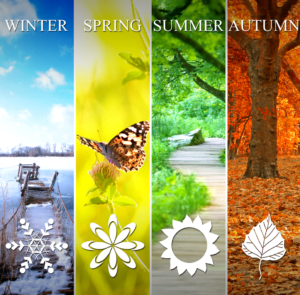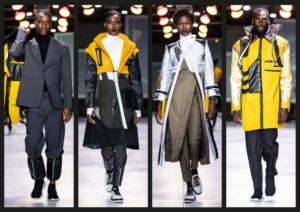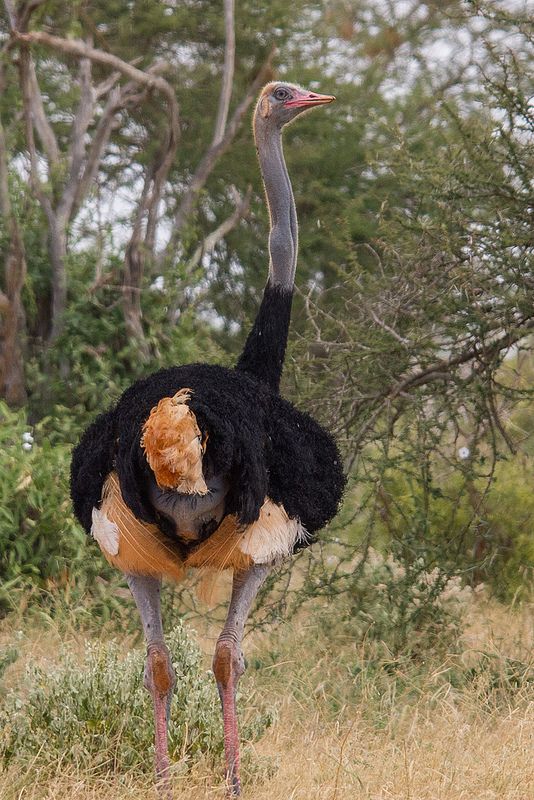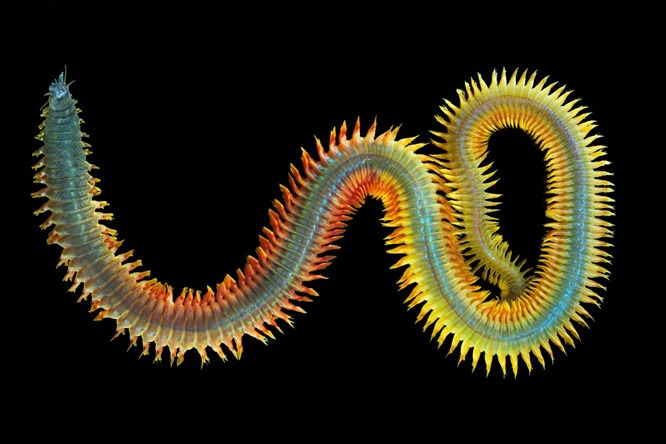The peacock is most well-known for its stunningly vibrant colours. The peacock is well-known for its stunning appearance. It has a hypnotic quality about it. It’s a great pleasure to watch it dance during the Monsoon season and its lovely colours instantly make the eyes feel at ease. In Indian tradition, the peacock plays an important role in religion.
Peacock’s Physical Appearance
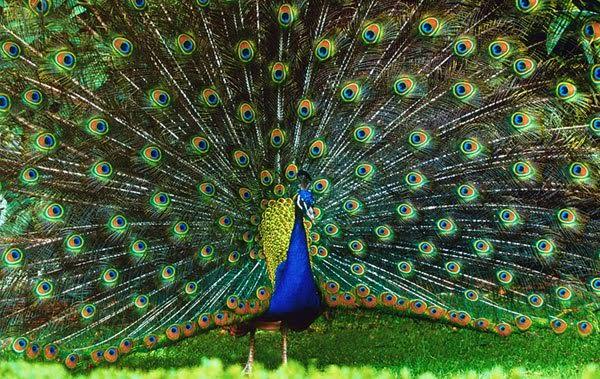
Peacock has an iridescent blue head, neck, and breast. Around the eyes, they also have white patches. The head of a peacock has a feathered crest. The peacock’s most striking feature is its stunning tail. A ‘train’ is a term used to describe this tail. In addition, after four years of hatching, this train is fully developed. The bird’s back is covered in more than 200 display feathers. These feathers are also a part of the elongated upper tail, which is enormous. Barbs do not exist on the train feathers to keep them in place. As a result, the feathers have a sloppy connection.
Also read 24 Physical and Mental Brain Break Activities for Kids
How does a Peacock make use of its Feathers?
The Asian peacock is a male peafowl, a large pheasant-like bird. It is known for having the largest and most beautiful feathers of any bird. Females, also known as peahens, are more plain. The long feathers of the peacock trail behind him, forming a “train.” They resemble his tail, but they are connected to the base of his real tail, which is much shorter and hidden beneath the train.

A peacock uses his train to draw peahens’ attention. He lifts the feathers upward and spreads them out to make a giant fan in front of the peahen. After that, he shakes them to make a rustling noise. The peahen selects the peacock who puts on the best show.
Why do Peacock Feathers have Different Colours?
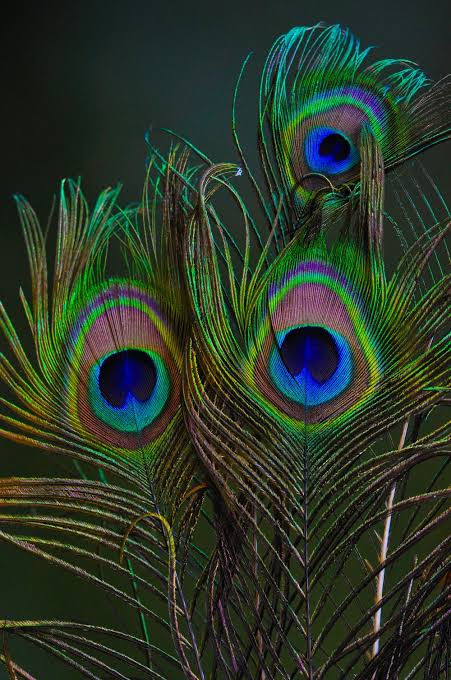
For thousands of years, people have admired the shimmering hues of a peacock’s feather. Peacocks, unlike most birds, get their colours from a mix of pigments and photonic crystals rather than just pigments. Depending on the angle of light and the spacing of the crystals, this combination causes the feathers to reflect different wavelengths of light. The iridescent shades of blue, green, brown, and yellow found in a peacock’s train are the result of this process. Here is an understanding of how the physics of it works.
Let’s look into these colours in more detail!
Different Colours of Peacock Feathers
Iridescent Blues
- The Indian, or blue, peacock’s head and neck are a deep, iridescent blue. This colouring distinguishes it from the green peacock, which is green and copper in colour. In addition, both species have a rich blue eye spot on their tail plumes.
- A crystalline lattice of nine to twelve rods containing melanin, a colour pigment, produces this colour.
- These rods are about 140 nanometers apart, causing blue wavelengths to reflect back at the viewer.
Also read Sight Words – The Complete Guide to Sight Words
Mellow Yellow
- A peacock plume reveals a quill with many featherlike strands branching off of it when examined closely. Each of these strands is made up of barbules, which are featherlike filaments.
- Although yellow isn’t always visible on a peacock, it can appear on all or part of an individual barbule and contribute to the bird’s overall colour.
- It is made up of a crystal lattice made up of six rods that are 165 nanometers apart.
Shades of Green
- The head and neck of the three green peacock subspecies, the Java green, the Indo-Chinese green, and the Burmese green, are all green.
- It can also be found on the tail plumes of both blue and green species. A square lattice of roughly 10 rods spaced 150 nanometers apart produces this colour.
- The wavelengths that are reflected back when light hits this structure are in the green portion of the spectrum.
Copper and Brown
- Both peafowl species have bodies and tails that are various shades of brown and copper. These species have also developed mutations that are almost entirely brown.
- The tail of the Buford bronze, for example, is chocolate brown with dark brown eye spots.
- These mutations are uncommon and are created by selectively breeding peafowls with rectangular lattices of approximately four rods spaced 150 to 185 nanometers apart in their plumes.
Other Colours
- Different pigments and lattice patterns are used to create other colours, such as purple.
- Peacocks that are partially or completely white have a condition called leucism, which is caused by a lack of pigments.
- These peacocks, on the other hand, are not separate species but rather mutations of the blue or green peacock.
Why are only male peacocks colourful?
The colouration of male and female Indian peafowl is the most obvious distinction. Males are usually a brilliant blue iridescent colour. This vibrant colouring aids in attracting mates. Females known as peahens, on the other hand, are more subdued in their colour choices. Their feathers are usually brown, grey, or cream in colour. Females have white bellies, while males have blue bellies that match the rest of their plumage.
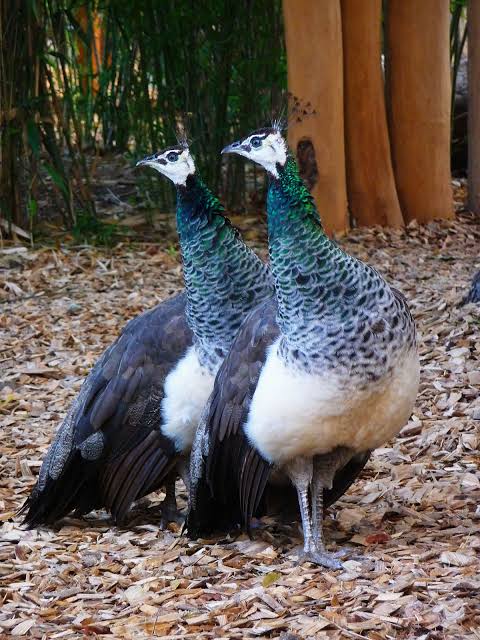
Despite the fact that males appear to be far more attractive, females have an advantage in the wild because it is easier for them to blend in and avoid predation.
In a Nutshell
To summarise, the peacock is a captivating bird. It is undoubtedly a fascinating colourful bird that has long been India’s pride. As a result, they’ve served as a source of inspiration for artists, have a look here. A glimpse of this bird can make one’s heart sing with joy. The peacock is a true symbol of India’s fauna and is unquestionably India’s pride.
Share with your friends
